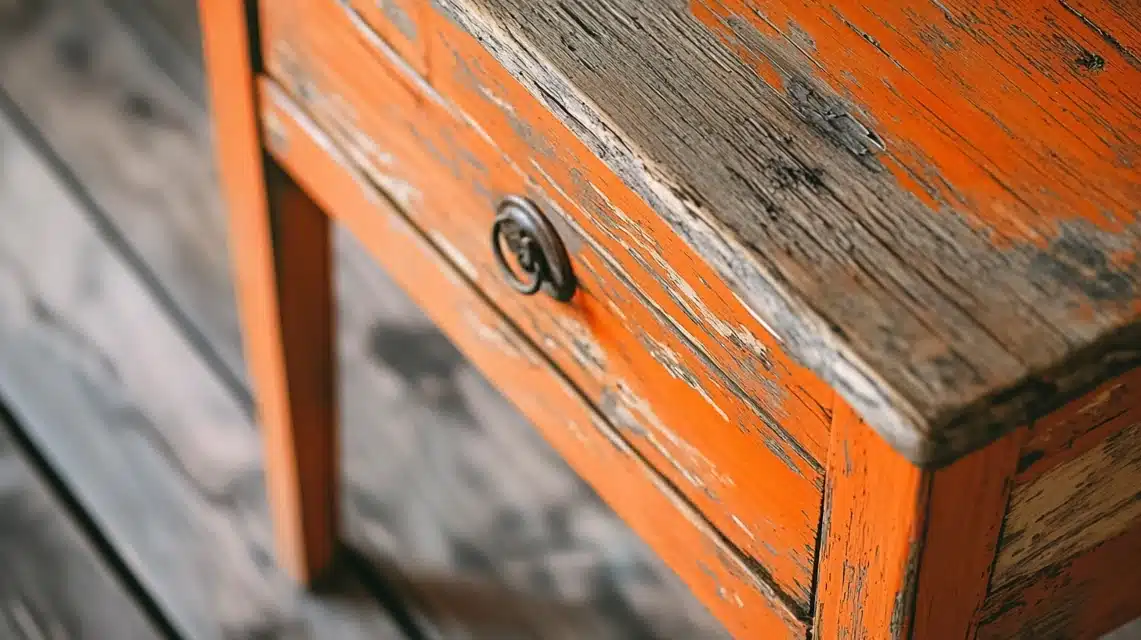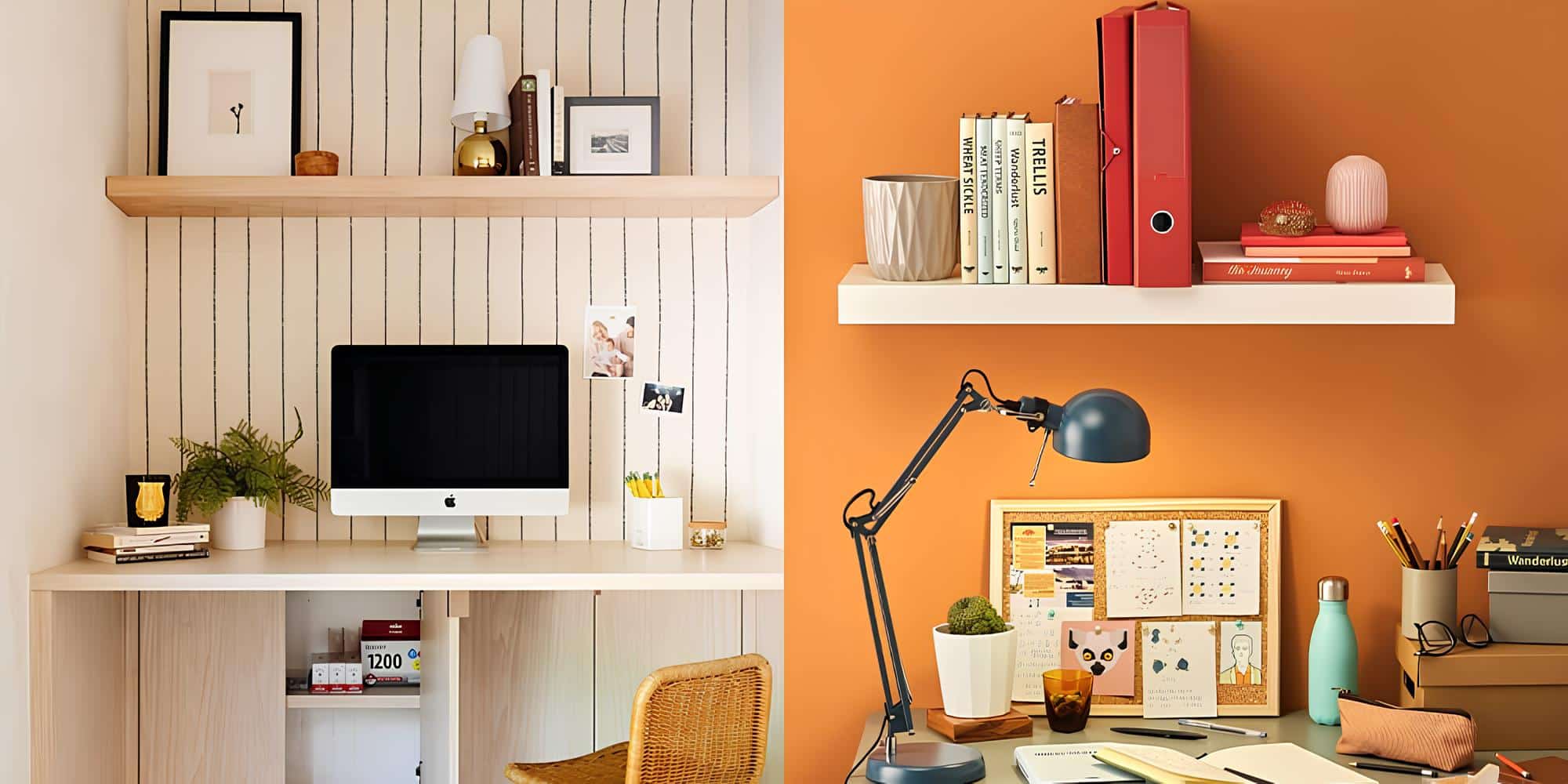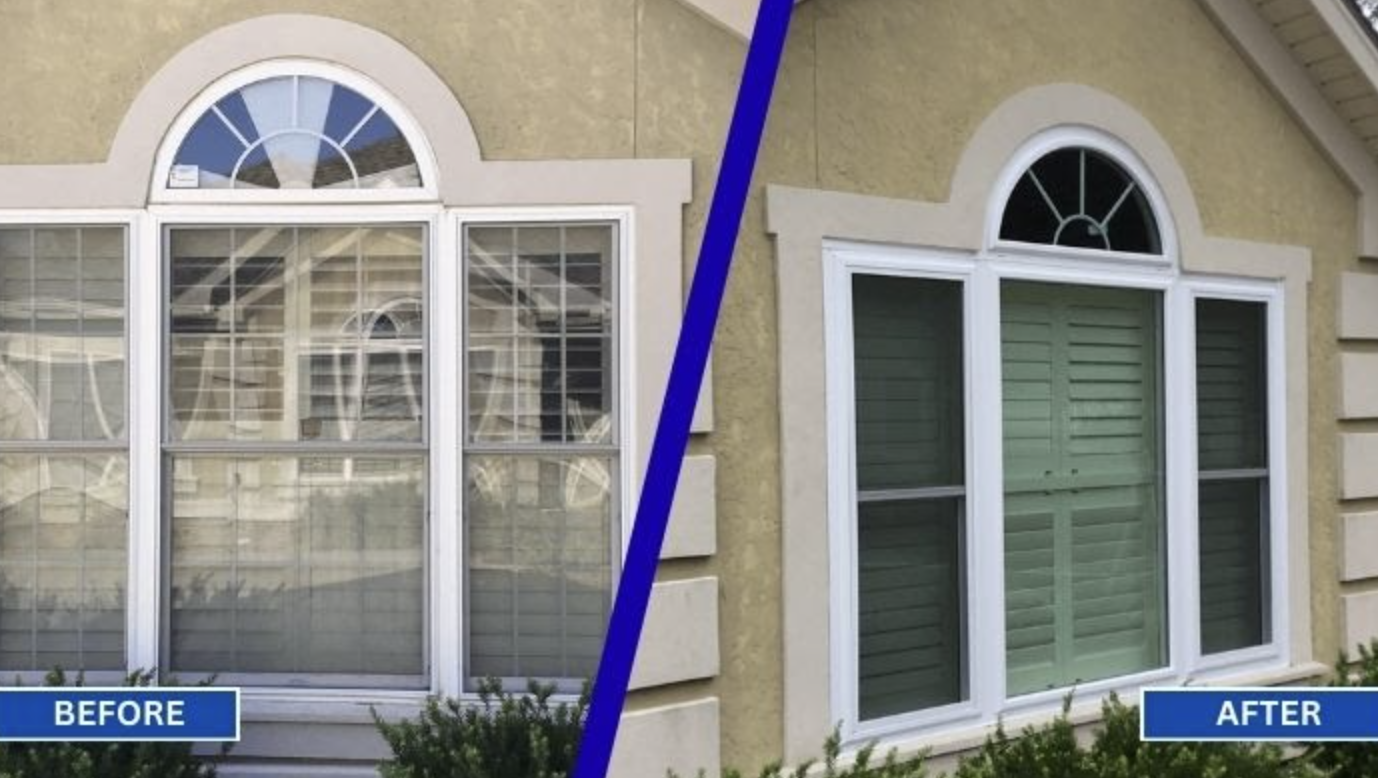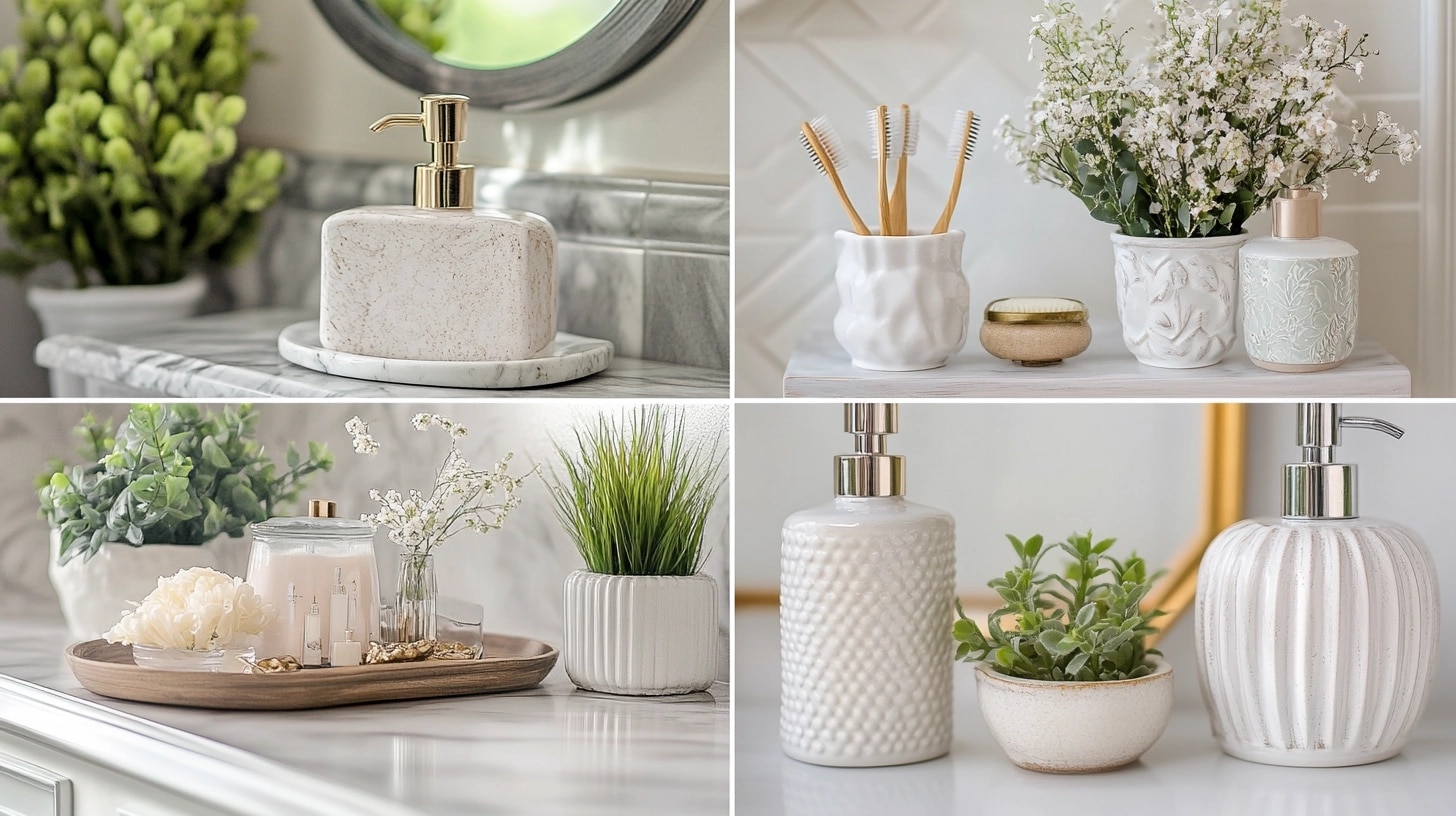Stepwise Guide to The Best Way to Strip Furniture
I want to help you understand the art of furniture stripping, a process that can give your old pieces new life.
As someone who works with furniture restoration, I’ve learned that the right approach makes all the difference.
Whether you’re looking at a cherished family heirloom or a thrift store find, the process of stripping furniture requires patience and the right tools.
Let me guide you through the methods that work best, from choosing between chemical strippers and sanding to achieving that perfect finish.
Best Way to Strip Furniture: A Step-by-Step Guide
1. Assess the Furniture and its Finish
Start by evaluating the furniture’s current finish. In this case, the nightstands had an orange, worn-out finish with scuff marks and a water ring.
Determine if you want to restore the wood to its natural state or apply a new stain.
2. Choose Your Stripping Technique
There are two main methods for stripping the old finish:
- Strip Sanding: Use an orbital sander to remove sealer, varnish, and stain layers.
- Chemical Stripper: Use a chemical stripper to remove the top layers of varnish and stain, followed by sanding. This is ideal for thin veneers or stubborn finishes.
- Tip: To avoid damaging the surface of a delicate veneer, use a chemical stripper.
3. Gather Your Supplies
To strip furniture, you will need:
- Chemical stripper (soy-based is a good eco-friendly option)
- Gloves and goggles for protection
- Disposable chip brush
- Scraper
- Plastic wrap (optional)
- Water to clean up
- Steel wool for cleaning the grain
- Sandpaper or an orbital sander for finishing
4. Apply the Chemical Stripper
- Shake the stripper well and apply a generous, even coat to the surface with a chip brush.
- Cover the stripper with plastic wrap to keep it moist while it works (2–4 hours).
- After waiting, remove the plastic wrap and scrape off the loosened finish with a plastic scraper.
5. Clean Up the Stripped Surface
- Use water to clean the stripped surface.
- For better cleaning, use steel wool with water to open the grain and remove any remaining residue.
6. Sand the Stripped Surface
- After the surface has dried, use an orbital sander with fine-grit sandpaper (220 grit) to smooth the wood and remove any remaining finish.
- Focus on even sanding to eliminate any rough patches or uneven areas.
7. Deal with Curved or Detailed Edges
For rounded edges or detailed areas, you can either:
- Use a specialized sander (like a 3×4 electric sander with foam abrasives).
- You can use a contour sanding kit, which can be found online, to wrap sandpaper around the edge and mold it to your desired shape.
8. Neutralize Unwanted Wood Tones
If the wood has a strong orange or red tone that you want to neutralize, consider doing a wash with a color opposite to the tone on the color wheel:
- Orange: Use a watered-down blue wash.
- Red: Use a greenwash.
- Yellow: Use a purple wash.
Apply a thin wash, let it dry, and proceed with staining.
9. Prepare the Surface for Staining
Once the wood is stripped and sanded, wipe it down with mineral spirits to remove dust and residue and ensure the stain absorbs evenly.
10. Stain and Seal the Wood
- Apply a stain (such as General Finishes’ gel stains) with a foam brush. Wipe the excess off with a paper towel, following the wood grain.
- If you want a darker finish, allow the stain to dry for 12–24 hours before applying another coat.
- Once the stain is fully dry, apply a topcoat. You can choose between oil-based or water-based topcoats. A spray topcoat is convenient for smaller surfaces and ensures an even finish.
- Let the topcoat dry for 12–24 hours (oil-based products) or 72 hours (water-based products) before using the furniture.
How do you strip furniture without chemicals?
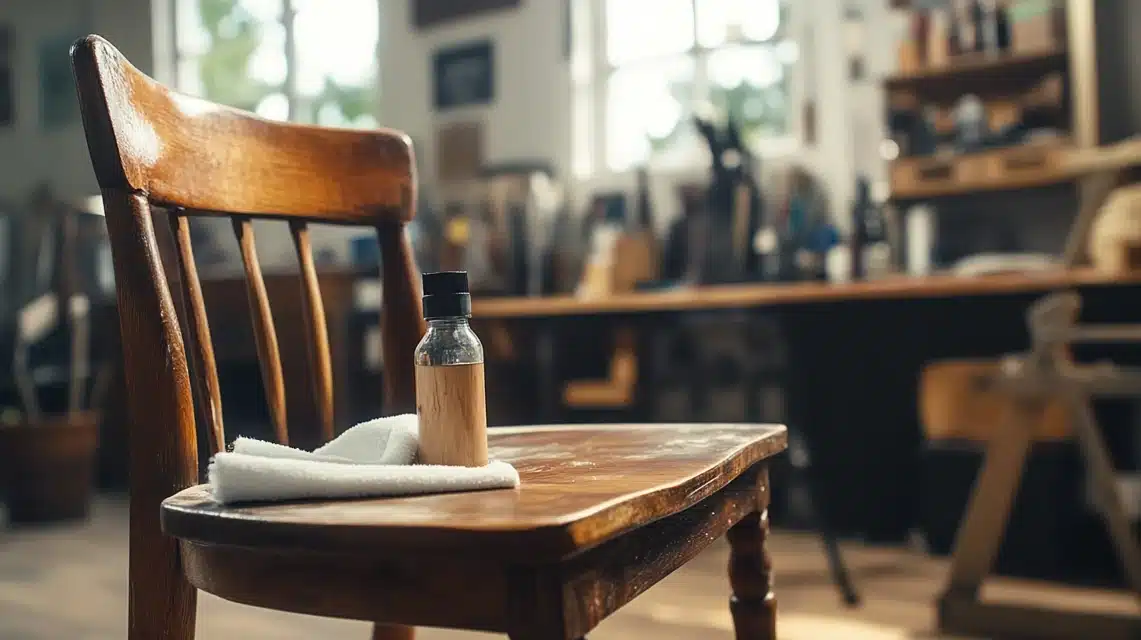
Yes, there are non-chemical and eco-friendly ways to strip furniture finishes:
- Sanding: Sanding is the most eco-friendly method, as it doesn’t require harsh chemicals. An orbital sander with fine-grit sandpaper can efficiently remove old finishes without introducing any harmful substances.
- Natural Strippers: Some eco-friendly chemical strippers are available that use natural, biodegradable ingredients. These products, such as soy-based strippers, are effective at removing finishes without the toxic chemicals found in traditional strippers.
- Heat Gun: Using a heat gun can be a non-toxic method to soften old finishes, allowing you to scrape them off. However, be careful not to burn the wood.
- Citrus-Based Strippers: There are citrus-based products available that use natural oils to break down finishes. These are typically low in odor and non-toxic.
Is sanding better than using a chemical stripper?
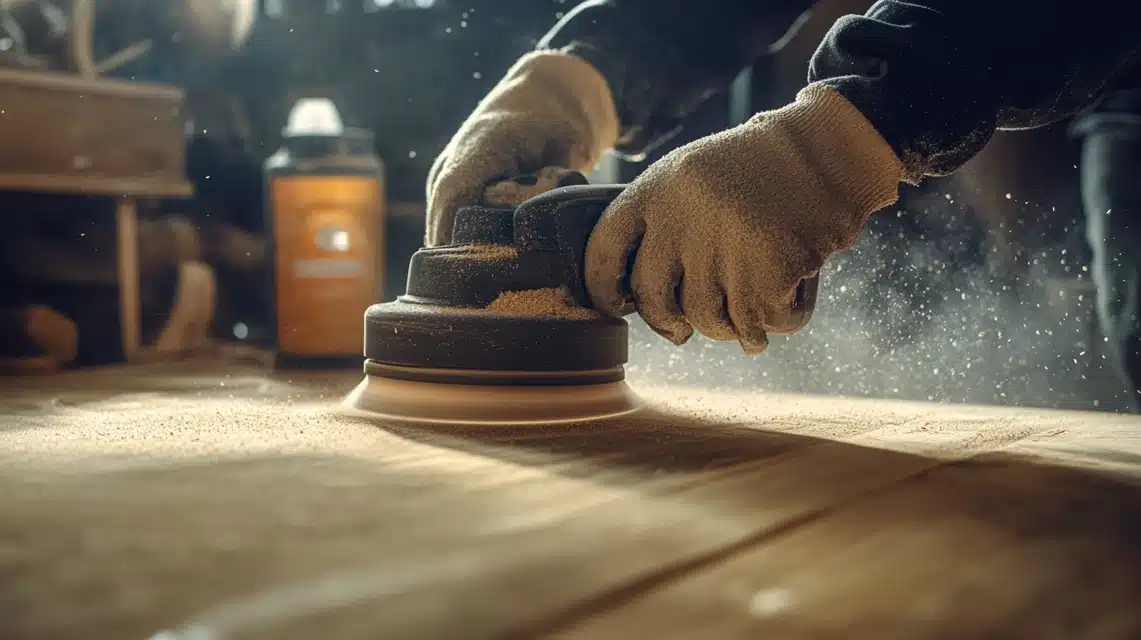
It depends on the furniture and the desired results. Here’s a comparison:
| Method | Pros | Cons | Best For |
|---|---|---|---|
| Sanding | – Fast and doesn’t require chemicals – Helps smooth uneven surfaces, scratches, or dents |
– Abrasive, can damage delicate veneers or thin wood – Creates dust (requires cleanup and safety precautions) |
– Solid wood surfaces – Removing a thin layer of finish |
| Chemical Stripping | – Gently removes finish without damaging wood – Ideal for intricate pieces and thin veneers – Eco-friendly options available |
– Some strippers can be harsh and have a strong odor – Requires protective gear (gloves, goggles) – May take several hours to work |
– Thin veneers – Intricate or delicate woodwork – Multiple layers of finish |
Summing Up
After walking through these steps, you’re now ready to take on your furniture stripping project.
Take your time with the process – rushing won’t give you the results you want.
Start with smaller pieces to build your confidence, and always prioritize safety with proper ventilation and protective gear.
With these techniques in your toolkit, you can bring out the beauty in any wooden piece.
Frequently Asked Questions
What is the easiest way to strip furniture for beginners?
I recommend starting with a chemical stripper on a small, flat surface. Apply it generously, let it work, then scrape gently. It’s more forgiving than sanding for newcomers.
Can you strip furniture without damaging the wood?
Yes – use the right tools, work slowly, and avoid aggressive sanding. I always test products on a hidden spot first and use plastic scrapers instead of metal ones.
How do professionals strip furniture?
We typically combine methods – starting with chemical strippers for the bulk removal, followed by careful sanding. We also use specialized tools for detailed areas and different wood types.

